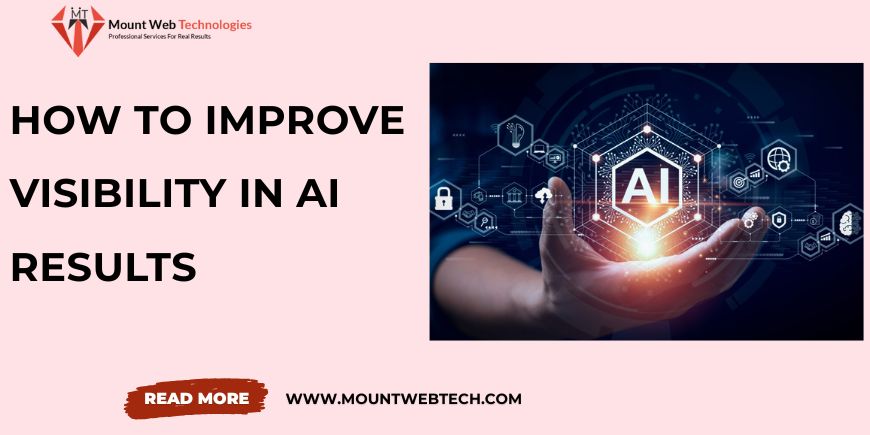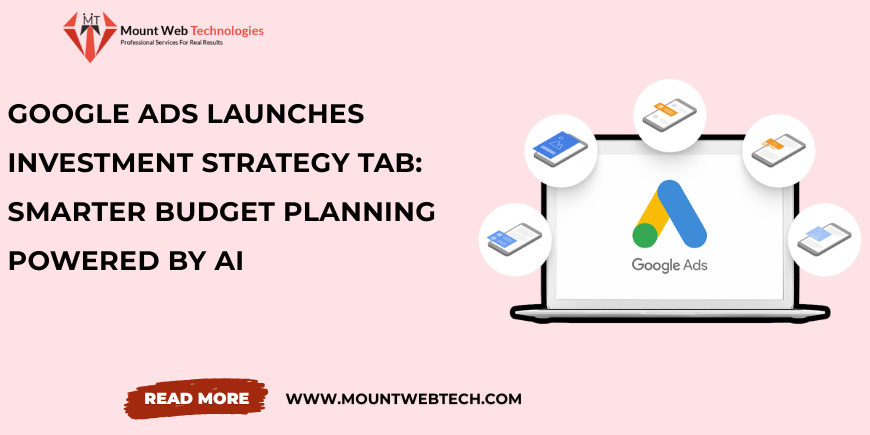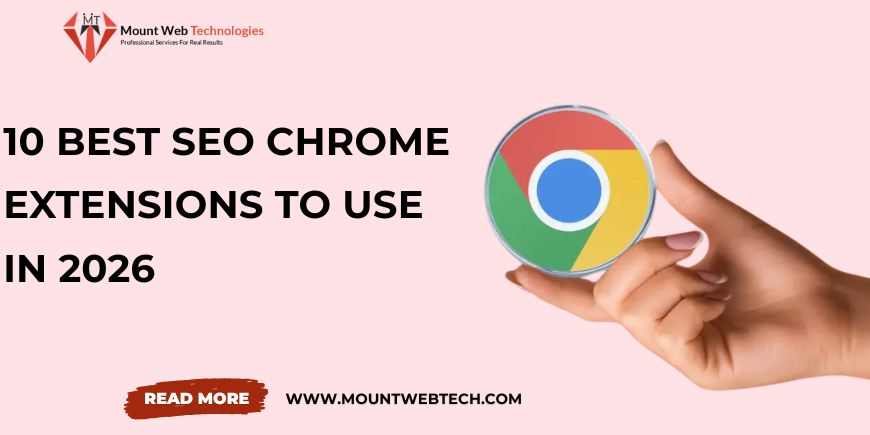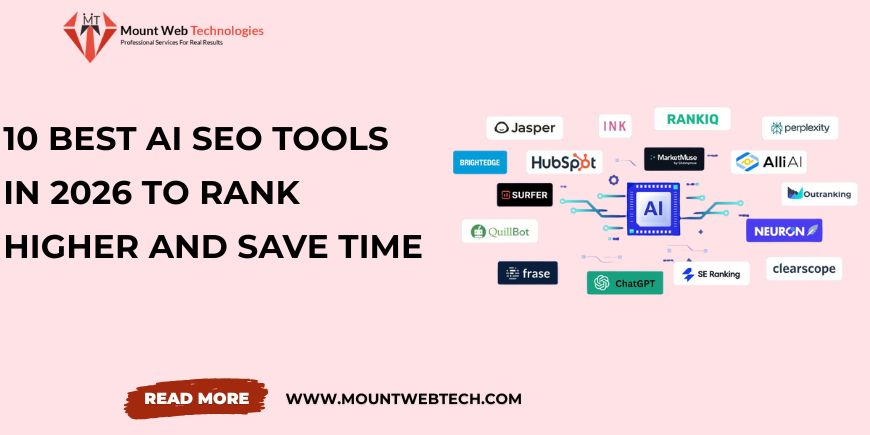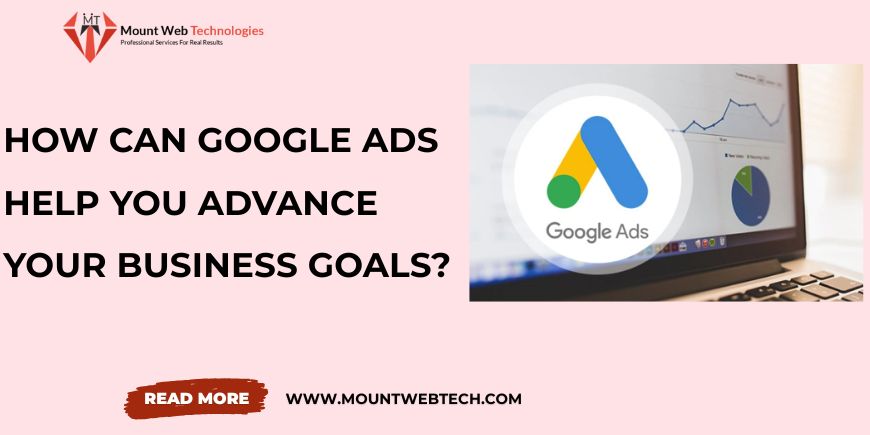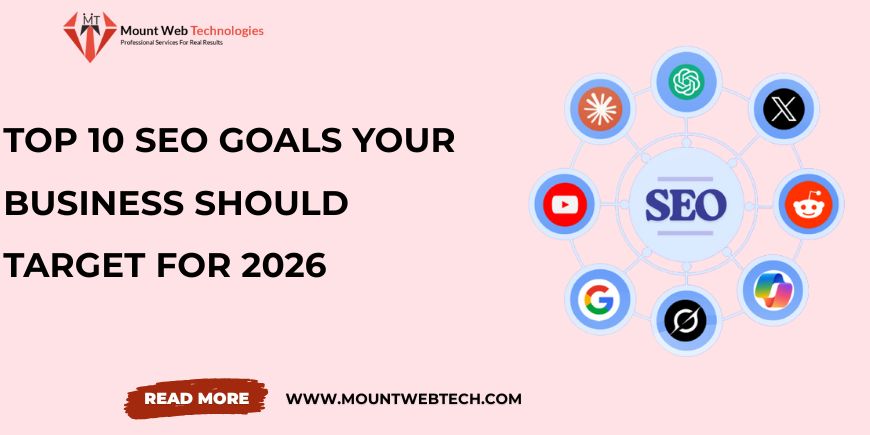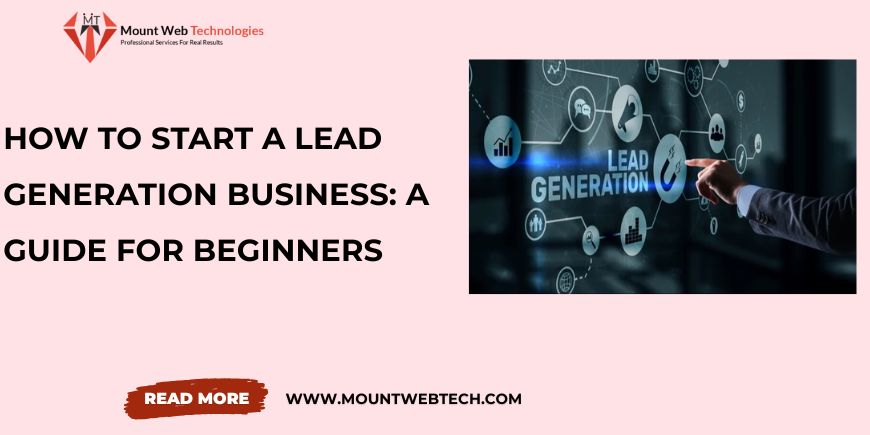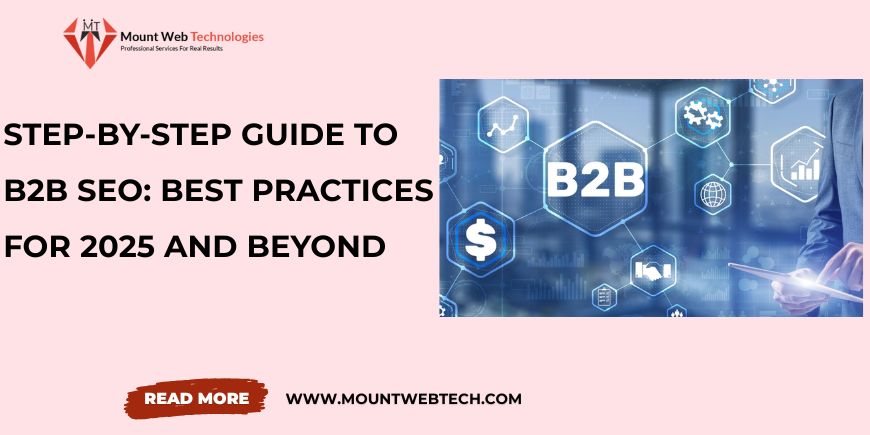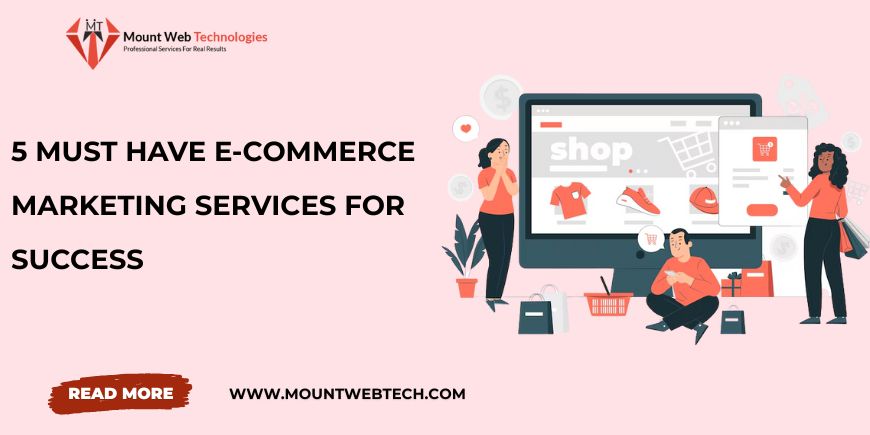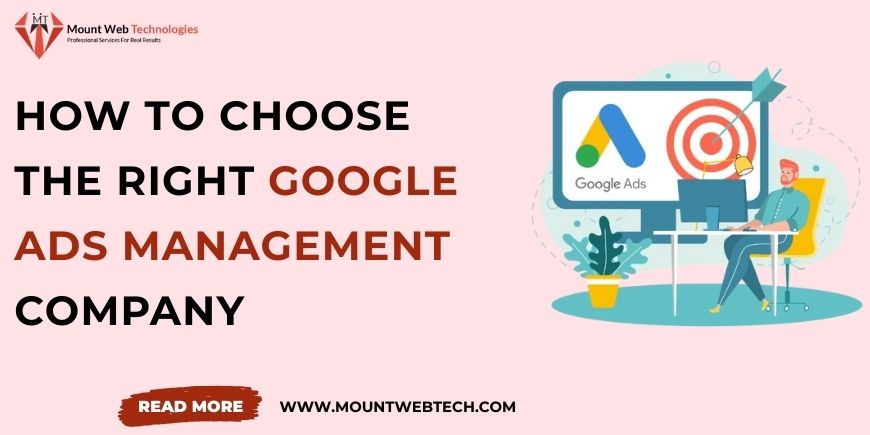How To Improve Visibility in AI Results
Search has entered a new era where traditional SEO meets a smarter world of discovery powered by Generative Engine Optimization (GEO). As AI-driven tools and voice assistants reshape how people find answers, visibility now depends on clarity, authority, and trust, not just rankings. Your audience no longer scrolls through pages. They ask conversational questions, and AI delivers instant answers. To appear in those results, your content must be structured, credible, and written in a way both humans and intelligent systems understand effortlessly. In this blog, we’ll look at how SEO and GEO work together. We’ll also discuss how to optimize for AI search results. Plus, we’ll share strategies to boost your AI search visibility. Finally, we’ll cover ways to future-proof your digital presence with proven techniques. Let’s begin and uncover the exact steps that make your business visible in the age of generative search. Understanding Generative Engine Optimization (GEO) Generative Engine Optimization (GEO) is the next step in search engine optimization. It helps your content show up in AI-generated responses. These responses power modern tools such as Google AI Overviews, Bing Copilot, ChatGPT Search, and Gemini. Traditional SEO improves your website’s ranking in organic search results. GEO focuses on aligning your content with how AI systems locate, comprehend, and generate information. Your goal is not to compete for a top spot on search results. Instead, aim to be the source that AI references, cites, or summarizes when answering user queries. GEO focuses on structured data, conversational keywords, and natural language. It also emphasizes E-E-A-T: Experience, Expertise, Authoritativeness, and Trustworthiness to reach its goals. These elements help AI recognize your content as reliable, context-rich, and ready for inclusion in its generated summaries. In simple terms, SEO helps you rank first, while GEO helps you get referenced first and that’s where the future of search visibility is heading. Why AI Search Visibility Matters for Every Business Think about how many people now ask Google or voice assistants questions such as “What are the best marketing strategies for local businesses” or “Which yoga school offers 300-hour training in Goa.” They no longer scroll through multiple results. They expect a direct & trustworthy answer. This is where AI Search Visibility plays a role. If your brand’s content is not recognized by generative engines, you lose visibility even if you have strong SEO. Being visible in AI summaries helps you: Reach users earlier in their journey: AI systems often show your brand when users first ask questions. Build trust faster: Showing up in AI results immediately positions your business as a credible and reliable source. Increase brand recall: When AI tools cite your content, users remember your name even if they don’t click right away. Future-proof your marketing: As search behavior changes with AI-powered answers, adopting GEO early gives your brand a strong competitive edge. How To Optimize Content For AI Search Results Visibility in AI search results depends on how well your content is structured, clear, and trustworthy. Let’s look at some practical steps that can help you optimize for AI-driven discovery while also improving your traditional SEO performance. 1. Start With Direct Answers Always start every paragraph of your content with a brief, informative response to the question your readers may pose. AI tools favor texts where the question is answered first, followed by the background. For example, if the question is What is Generative Engine Optimization, just give a concise answer to its significance afterward. This way, the content becomes immediately clear to both humans and AI systems. 2. Write in a Natural, Conversational Flow People talk to AI tools in the same way they speak to another person. NLP techniques are used by all of the main AI-based generative engines to comprehend natural language. Because of this, content that appeals to actual users is more likely to be given priority. So your content should sound conversational yet professional. Use phrases like “how to,” “what is,” “why does,” or “best way to.” These long-form, conversational keywords help AI recognize your content as a strong match for user intent. For instance: How to improve visibility in AI results What is the difference between SEO and GEO How to optimize content for AI search results Such phrasing also improves voice search performance, a growing part of AI-powered queries. Additionally, don’t use the same search query twice. Instead, search for relevant terms to give AI more background and nuance. A paragraph should always be limited to no more than two or three sentences. For a higher readability score, all of your text must stay within this range. Make sure all of your material is clear and written in simple terms. 3. Strengthen EEAT Throughout Your Content EEAT stands for Expertise, Experience, Authority, and Trustworthiness. These are the signals that tell both search engines and users your content is credible. To demonstrate EEAT: Include author information and credentials Cite reliable sources and data Add examples or case studies from your work Maintain consistent brand identity across all channels At Mount Web Technologies, professional writers and specialists first create and then review all blogs, ads, and landing pages to confirm their accuracy and relevance. This consistency strengthens trust and enhances visibility over the long term. 4. Use Structured Headings and Schema AI systems read your page differently from humans. AI models will comprehend, analyze, retrieve, and ultimately display your content on their platforms more effectively with the help of this consistent and transparent data. They rely on clear headings, subheadings, and schema markup to understand the hierarchy of information. Use H1 for the title, H2 for major sections, and H3 for subtopics. Add FAQ schema or Article schema so search systems can easily extract relevant passages. Structured formatting helps AI models quickly identify which part of your content answers the query best. This makes it easier to be highlighted in snippets, AIOs, or voice search results by letting search engines and LLM bots know what your material is made of. Make sure to create schema markups

